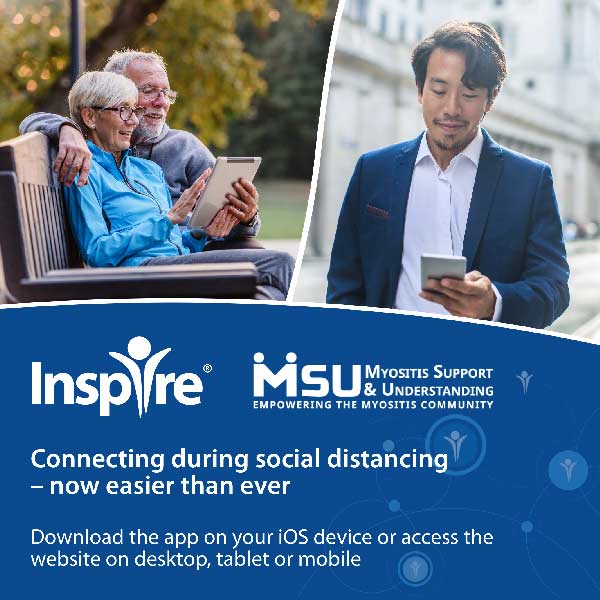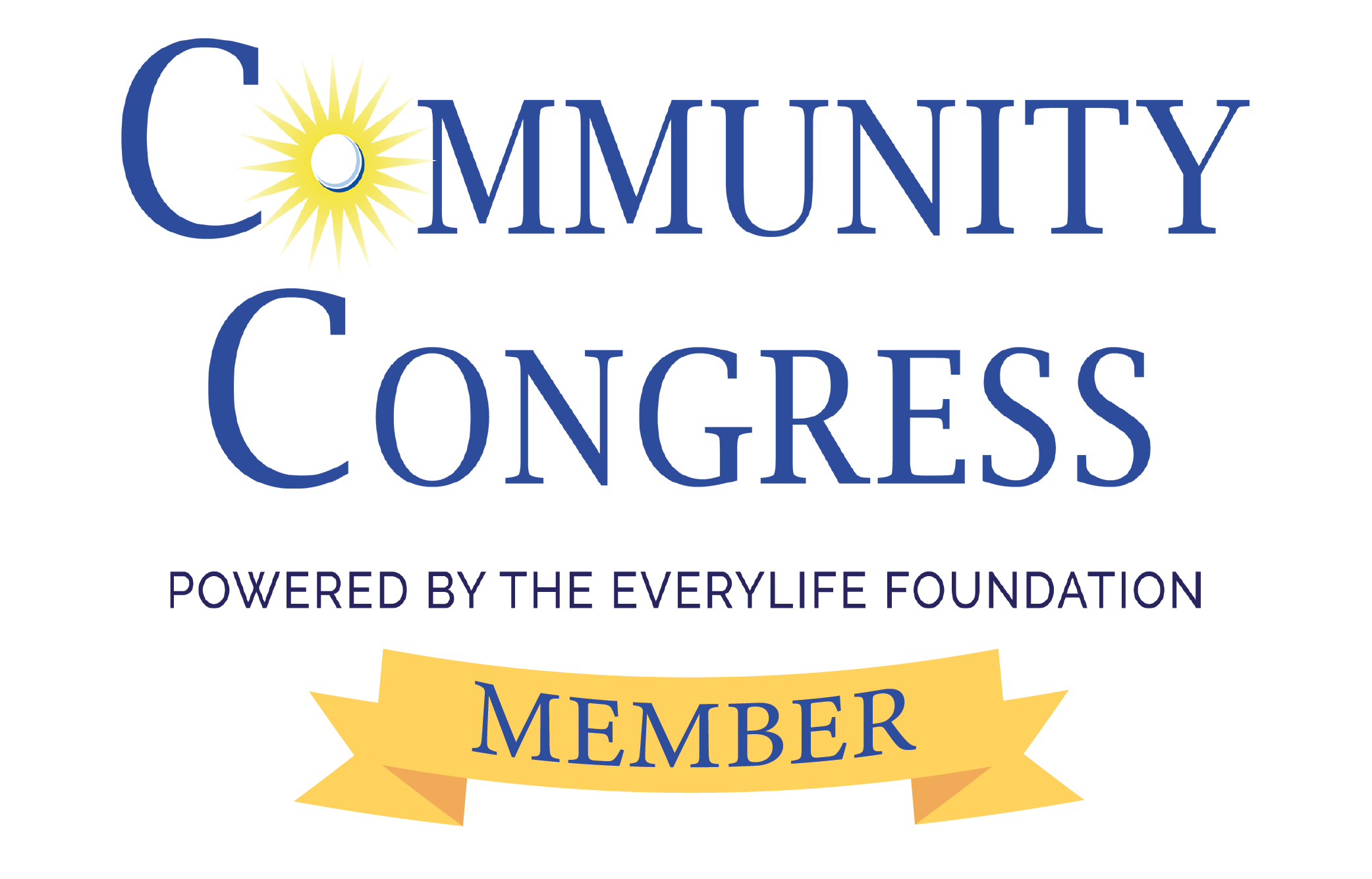Yoga and meditation offer a wealth of opportunities to seniors and caregivers. While both practices might appear complex on the surface, they are beginner-friendly, regardless of age or ability. Read on for how to get started and the many ways these activities can improve your quality of life.
Ancient practices with modern day perks
Both meditation and yoga are time-tested exercises. As Psychology Today explains, these practices were introduced to the United States about a century ago, although the history of meditation can be traced back several thousand years to roughly 5,000 B.C. Yoga also has a lengthy history, going back to around 3,000 B.C.
While these ancient activities can stand separately, some experts describe them as “sister” practices, with their own characteristics but sharing many of the same qualities and physical health benefits. Regular participation can provide relief from pain, improve strength, and bolster energy, so those suffering with myositis can combat certain symptoms through a program of yoga and meditation.
Stress management matters
According to some research, those suffering with a chronic disease such as myositis often experience issues with stress, and those issues can impede health efforts. Mayo Clinic suggests participating in an exercise program such as yoga to help manage stress levels, noting the release of feel-good hormones as a direct result of physical activity. Meditation can also be helpful in managing stress, giving you tools for tense moments, helping you let go of stress, and building your resistance to anxious situations as time goes by.
Being less stressed leads to a positive cycle, encouraging a more relaxed and focused meditation and yoga practice, which in turn can lead to a more effective reduction in stress. Sometimes getting started can be bumpy. If you struggle with relaxing enough to properly engage, consider adding CBD oil to your practice. CBD oil appears to help lower anxiety levels as well as help manage chronic pain, and you can research which oil might be best for you through an online guide. Before engaging any new therapies or exercise regimens, always discuss your unique circumstances with your physician.
Techniques, poses and places
Getting into a new regimen of any sort can be daunting, but sometimes experimenting with a few different things can help you find a perfect fit. For example, there are several beginner-friendly meditation techniques. You can try something like mindfulness, in which case you let thoughts come and go without judgment or concentration, in which case you focus on one thing steadily. You can also try following some guided meditations to help you get started.
Yoga is equally beginner-friendly. Consider engaging in some gentle poses initially, such as mountain pose (standing straight with your hands pressed together in front of your chest), cat pose (on your hands and knees, arch your back), and child’s pose (from cat pose, extend your arms straight in front of you on the floor, and fold your legs so your bottom rests on your heels). Another option is to try some chair yoga, and you can follow along with a video to guide you. This can be an especially good choice if you have mobility or balance concerns.
Many yoga studios and gyms offer classes which are adapted to seniors, health constraints, and those with limited mobility. You can also set up a space at home to practice yoga. Dedicate a quiet area with enough room to extend your body, and add a few inspirational elements, such as plants and crystals. Add a yoga mat, some soothing music, and essential oils in calming scents like lavender, spearmint, or patchouli. Having your own special sanctuary will keep you motivated and encouraged, making your new regimen all the sweeter.
Engaging in a new program is challenging, but the perks associated with these ancient practices should settle your concerns. Seniors and caregivers can comfortably participate, regardless of age or condition. There is a world of good you can obtain from meditation and yoga, boosting both your physical and emotional well-being.
MSU does not endorse any particular exercise program. Always check with your doctor prior to starting any new program.
Author: Harry Cline. Harry Cline has years of experience being a caregiver to people of all ages. From raising his three children to caring for his elderly uncle, he understands that caregiving is often overwhelming for those just starting out. He created his website to offer new caregivers everywhere help and support.
Image courtesy of Pixabay
Tags: caregivers exercise








